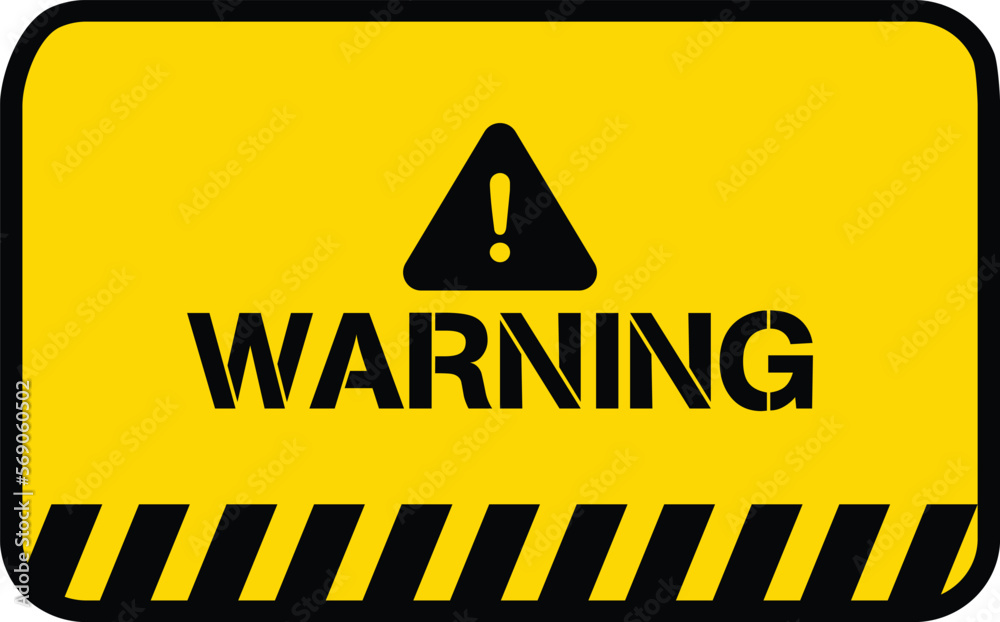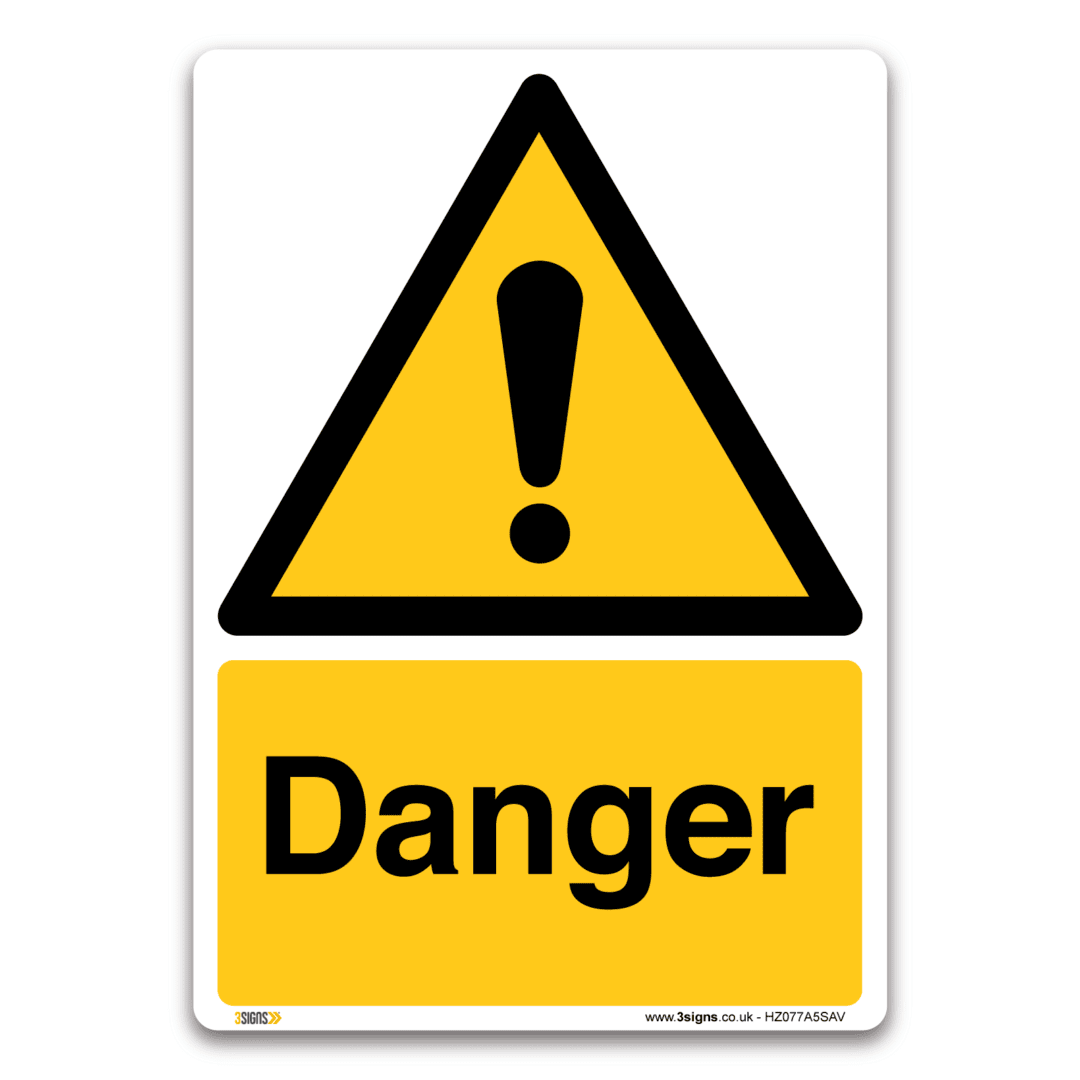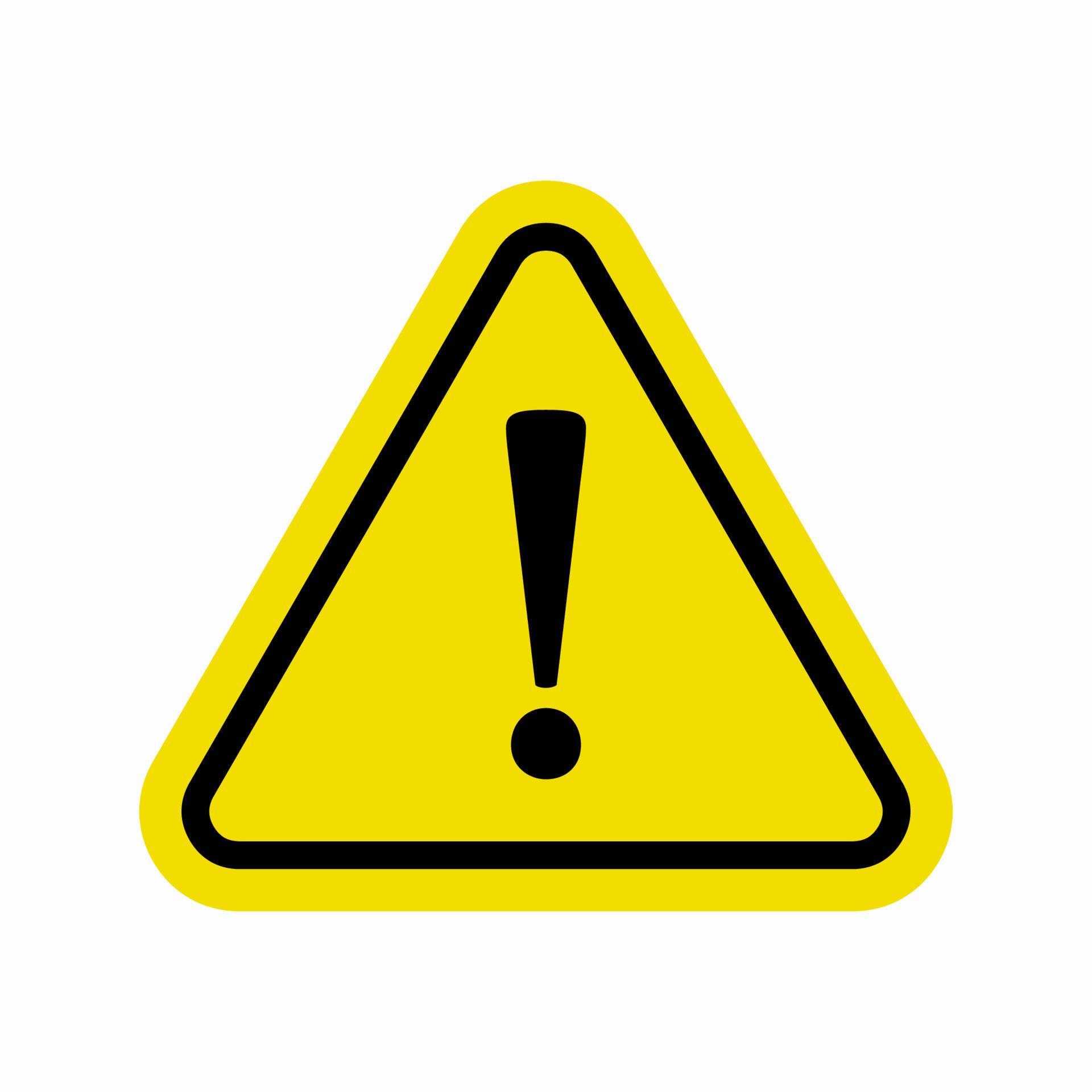Weather Alert Wisdom - Warning Vs Watch Explained
When the sky gets a bit grumpy and the weather folks start talking about what might be coming our way, it's pretty common to hear terms like "watch" and "warning." For many people, these words can, you know, sort of blend together, making it tough to figure out what they really mean for you and your day. Yet, grasping the subtle distinctions between these alerts truly helps keep you out of harm's way when rough atmospheric conditions make their way to where you live. It's almost like knowing the secret code for staying safe, which is something we all want, right?
The folks at places like Fox Weather, and really, anyone who studies the skies, often point out that these terms get tossed around a lot when we talk about powerful weather events. But what do they actually signify? And, perhaps more importantly, what should you actually do when you hear one of them called out? There's a pretty big difference in the time you get to prepare, with one giving you more breathing room than the other. So, knowing which is which gives you a real leg up.
It's not just about the immediate danger, either; these alerts also tend to cover different-sized areas. One might be for a broader region, while the other zeroes in on a very specific spot. We'll take a closer look at what each term means and how you can use that information to make good choices for yourself and your loved ones. You see, it's really about being prepared, not scared.
- What Is Jeff Foxworthys Net Worth
- Urus 2016
- Is Project X Based On A True Story
- Eddie Kaye Thomas 2025
- Fcipaymentscom
Table of Contents
- What Do These Weather Terms Mean Anyway?
- Who Is Keeping an Eye on the Sky for Us?
- The Big Picture - A Watch in Weather Situations
- What to Do When You Hear a Watch Alert?
- The Immediate Call to Action - A Warning in Weather Situations
- How Should You Respond to a Warning Alert?
- Are There Other Types of Weather Notifications?
- Why Is It Easy to Mix Up Warning and Watch Alerts?
What Do These Weather Terms Mean Anyway?
When we talk about the weather getting a bit wild, there are specific words that come up again and again. "Watch" and "warning" are two of those, and while they both point to potential trouble brewing, their true meanings are actually quite different. It's almost like one is a heads-up that something could happen, and the other is a firm statement that it is happening right now or is about to happen very, very soon. You know, that distinction is pretty important for how you react.
Many people, quite honestly, tend to use them interchangeably, but that can lead to confusion about what steps to take. The core idea behind each word is tied to the level of immediate danger and the amount of time you have to get ready. Understanding this fundamental difference is, in a way, the first step to staying safe and making good decisions when the elements get a little rough. So, let's break down what each one truly represents in the world of weather communication.
Who Is Keeping an Eye on the Sky for Us?
You might wonder who exactly is in charge of telling us about these things. Well, when the weather turns ill, the National Weather Service, often called NWS, is the main group that might put out a "watch," a "warning," or an "advisory" to let you know what's going on. They are, in fact, the ones responsible for giving us forecasts, along with these crucial alerts for all sorts of weather and water hazards. So, basically, they're our official source for this kind of information.
- Project X Original Story
- Molly Mcgovern What Kind Of Cancer
- Project X Story
- Hottest Girl Names
- Project X Movie Based On True Story
A "watch," for instance, is usually put out by a specific part of the National Oceanic and Atmospheric Administration, which is called the Storm Prediction Center. These are the folks who really focus on spotting the conditions that could lead to severe storms. Their job is to keep a close eye on the atmosphere and give us that early heads-up. It's pretty amazing, actually, how much effort goes into keeping us informed and safe.
The Big Picture - A Watch in Weather Situations
A "watch" is, in some respects, like a heads-up that the stage is being set for some rough weather. It means that the conditions are right for something serious to happen, but it hasn't happened yet. Think of it as a potential situation. The weather experts are seeing all the ingredients come together for a powerful storm, perhaps heavy rain that could cause flooding, or winds that could really pick up. It's not a guarantee that it will happen exactly where you are, but the possibility is there, and it's something to be aware of.
The timeframe for a "watch" is also quite important. It gives you more time to get ready compared to a "warning." You might get a "watch" several hours before any bad weather is expected, or even a full day ahead. This extra time is, you know, pretty valuable. It allows you to think about what you might need to do, like gather supplies or make plans with family. Also, "watches" typically cover a broader area, meaning they are issued for larger regions where the potential for severe weather exists. It's a general alert for a bigger chunk of land.
What to Do When You Hear a Watch Alert?
When you hear that a "watch" has been issued for your area, it's really a cue to start getting prepared, but without panicking. You have some time on your side, so use it wisely. First off, you might want to, like, stay informed. Keep an eye on the local weather updates from reliable sources. This means checking your phone, turning on the radio, or watching the news. Knowing the latest information is pretty much key.
Next, it's a good idea to think about what you would do if the weather actually turned bad. Do you have a plan for where you would go if you needed to seek shelter? Are your emergency supplies ready? This could mean making sure your flashlights have working batteries, that you have some bottled water, and maybe a few non-perishable snacks. It's also a good time to discuss with your household members what everyone should do if the situation escalates. Basically, a "watch" is your reminder to get your ducks in a row, just in case.
You could also, in a way, secure outdoor items that might get blown around by strong winds, like patio furniture or trash cans. If you have pets, think about their safety too. Make sure they have a safe place to go and that you have any necessary supplies for them. It's not about immediate danger, but rather about taking sensible precautions. So, while you don't need to drop everything and run, you should definitely be more aware and ready to act if things change.
The Immediate Call to Action - A Warning in Weather Situations
Now, a "warning" is a whole different ball game compared to a "watch." When a "warning" is issued, it means that hazardous weather is actually happening right now, or it's about to happen very, very soon. This isn't a "maybe," it's a "definitely." The danger is real and immediate. For instance, a "flood warning" means that flooding is occurring or is going to start any moment, perhaps because of heavy rain that has already fallen or is falling rapidly. It's a clear signal that you need to take protective actions without delay.
The time difference here is, you know, pretty significant. Unlike a "watch" which gives you lead time, a "warning" means you have very little time to react, if any. It's issued when there's a direct threat to life or property. This could be for a tornado that has been spotted, or a severe thunderstorm with damaging winds already hitting. The area covered by a "warning" is also much smaller and more precise, focusing on the specific locations where the immediate threat exists. It's a very targeted alert.
How Should You Respond to a Warning Alert?
When you hear a "warning," your immediate response is, basically, to take action. This isn't the time for preparation; it's the time for protection. If it's a tornado warning, you need to seek shelter right away in the safest part of your home, like a basement or an interior room on the lowest floor. If it's a flood warning, you should move to higher ground immediately and avoid driving through flooded roads. Seriously, just a little bit of moving water can be incredibly powerful.
The key here is speed. You don't have the luxury of waiting or thinking about it too much. You should have already had your plan in place from when the "watch" was issued, and now you're just putting that plan into motion. Listen to emergency instructions from local authorities, whether it's through your phone's emergency alerts, local news, or weather radio. Your safety, and the safety of those around you, really depends on quick and decisive action.
For example, if a severe thunderstorm warning is in effect, it means damaging winds or large hail are imminent. You should get inside a sturdy building and stay away from windows. If you're outside, find immediate shelter. It's about recognizing that the danger is no longer potential; it's, in a way, right there. So, acting promptly is absolutely critical to keeping yourself and others safe from harm.
Are There Other Types of Weather Notifications?
Yes, actually, there are other ways the weather service communicates about conditions that aren't quite as serious as a "warning" but still deserve your attention. These are called "advisories." Advisories are for less serious situations than "warnings," but they can still cause significant inconvenience. You know, if you don't use caution, these conditions could lead to situations that might threaten life or property, just not as immediately or severely as a full-blown "warning."
For instance, you might hear a "wind advisory" for strong gusts that could make driving difficult or knock down small branches, but not necessarily cause widespread power outages or structural damage. Or, there could be a "dense fog advisory" which means visibility will be very low, making travel tricky. These alerts are, in some respects, a nudge to be more careful, to adjust your plans a little, but they don't typically require the same urgent, life-saving actions as a "warning." So, basically, they're for those times when you need to be aware and maybe change how you're doing things, but not necessarily seek immediate shelter.
Why Is It Easy to Mix Up Warning and Watch Alerts?
It's pretty understandable why "watches" and "warnings" get mixed up so often. Both words start with the same sound, and both are used to talk about potentially bad weather. They both signal that something unusual is happening with the atmosphere. Also, the fact that they are both issued by the same general organizations, like the National Weather Service, might make them seem even more similar in people's minds. You know, it's just natural to lump them together.
However, knowing that one is about potential and the other is about immediate danger is, really, the key. One is a heads-up to prepare, and the other is a call to action. The difference in the timeframe between a "watch" and a "warning" is also pretty important, with "watches" giving you more lead time than "warnings." Furthermore, "watches" typically cover broader areas, while "warnings" are for more specific locations. So, while they sound similar, their implications for your safety are actually quite distinct.
So, to put it simply, a "watch" is when conditions are favorable for something bad to happen, like heavy rain forecasted in a short period that could lead to flooding. A "warning" means that event, like a flood, is actually happening or is about to start. Understanding these nuances helps you make better choices for your safety. It's about being informed and ready, whether you have a little time to plan or need to act right away.

Warning. Warning yellow sign. Danger signs and warning signs. Danger

Danger Sign | Warning Signs | Danger Safety Signs

Attention Sign or Warning Caution Exclamation Sign, Danger Vector